10 reasons to explore Kyrgyzstan

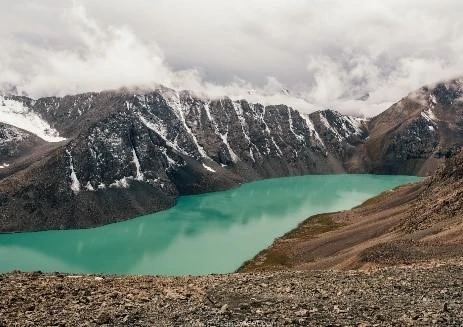
BREATHTAKING MOUNTAIN LAKES
There are more than 2,000 high altitude lakes nestled in Kyrgyzstan’s Tien Shan mountain range. Since antiquity, people have passed on many legends about the origins of these spectacular lakes. Lake Son−Kul, at more than 3,000 meters above sea level, draws visitors from around the world. Several yurt camps along its shores offer a unique glimpse into the mountain traditions of Kyrgyz nomadic culture.
The resorts and guest houses surrounding Lake Issyk−Kul − the second deepest lake in the world at 668 meters − offer visitors a touch of beach experience at the center of the great Asian land mass. Fed by hundreds of underground springs, its name means “hot lake” because the mildly saline lake never freezes.
EXTREME SPORTS
Kyrgyzstan’s rugged terrain has always attracted sports enthusiasts from around the world. Chains of mountains stretching across the country beckon mountain climbers looking to conquer summits widely known to international climbers or those less well explored. Expert mountaineers are drawn by the prospect of scaling Kyrgyzstan’s four peaks over 7,000 meters. For skiers, Kyrgyzstan offers 13 resorts, several of which can accommodate overnight stays.
Mountain peaks are also the source of the raging rapids that entice fans of rafting and kayaking. The Chu River cuts through the Gorge Boom, the national arena for white water sports. Extreme athletes can experience whirlpools of churning water beneath over− handing cliffs, forcing even the most experienced rafters to be on constant alert.
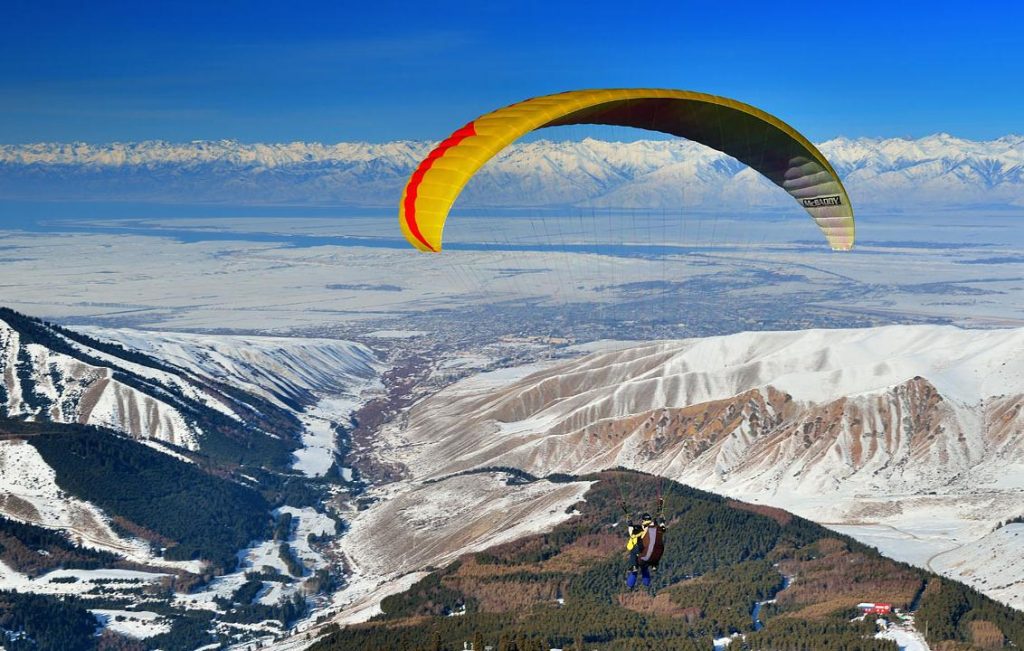

THE GREAT SILK ROAD
For two millennia, the Great Silk Road was the key trade route linking the pinnacles of eastern and western civilization. Caravans, laden with people and goods, crossed mountains, deserts, rivers and continents, spreading ideas, technologies, religions, and wealth to peoples and cultures along their path.
A primary artery of the Great Silk Road passes through the Land of the Kyrgyz, whose hospitality and mountain springs offered respite from the desert lands of neighboring peoples. The dales and valleys of the Tien−Shan provided shelter for the merchants, workers, clergy and soldiers who journeyed the 6,500 kilometers between east and west.

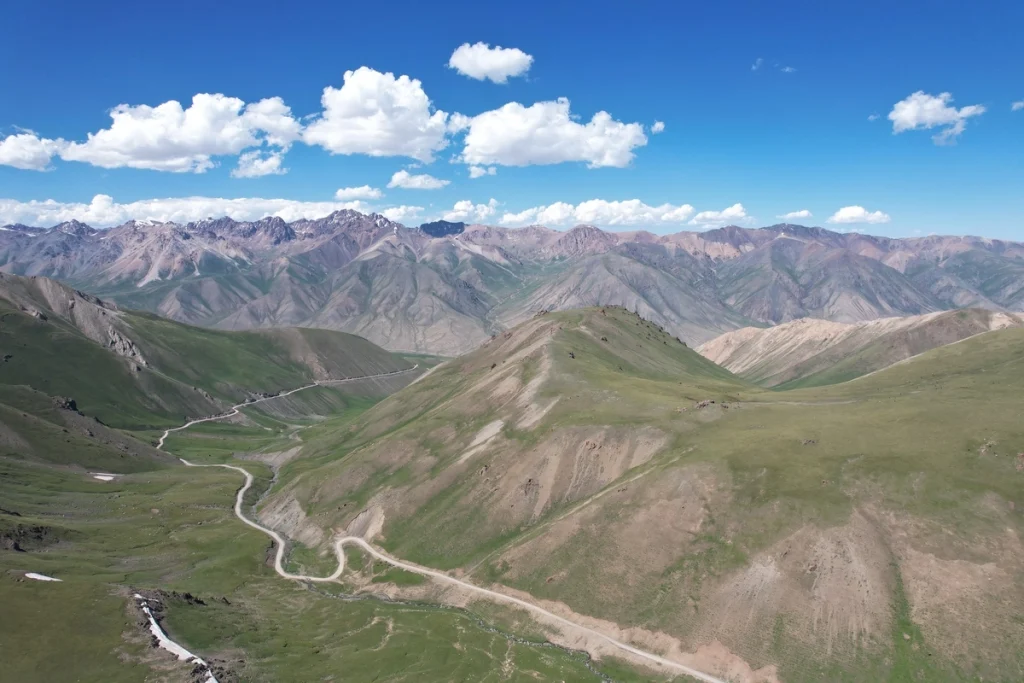
A collective of creative professional guides, tour managers and inspired locals, working in a partnership with local hosts and people, developing and bringing more adventures in tourism industry of Kyrgyzstan. We are a young company and passionate on creating more adventures, making a bet on the quality of services and safety in traveling along the great silk road, cultural exploration and expedition. We specialize in organizing group & individual tours in the country of nomads — Kyrgyzstan and neighboring countries, which on the whole unite the territory called Central Asia. And our company can offer its customers a wide range of routes and programs:
CELESTIAL MOUNTAIN SCENERY

ANTIQUITY AND SACRED PLACES
Kyrgyzstan represents a great destination for ethnographic tours. Ancient petroglyphs on the walls of mountain caves date back to the 8th century BC, and ancient burial grounds near battlefield sites throughout the country mark the passing of various cultures and people through Kyrgyz lands. Roughly 5,000 historical and cultural places across the country offer snapshots of Kyrgyzstan’s ancient past. Excavations in the shallower waters of Lake Issyk−Kul reveal the architectural remains and preserved artifacts of an advanced civilization of considerable size.
THE MANAS EPOS
The masterpiece epic Manas is a cornerstone of the cultural heritage and oral traditions of the nomadic Kyrgyz people, whose written lines have been recorded only in modern times. Consisting of more than 500,000 lines − 20 times longer than the Homeric Iliad and Odyssey combined − the poem describes the life and heroic exploits of the legendary hero, Manas, who fought for Kyrgyz independence from China in 995 A.D. The Manas epos is recorded on the UNESCO Intangible Cultural Heritage list.
The story of Manas is replete with colorful descriptions of daily life and illustrates the tra− dition, customs, festivals and ceremonies observed by the Kyrgyz toward the end of the first millennium AD. Professional narrators of the poem are called manaschi − storytellers.

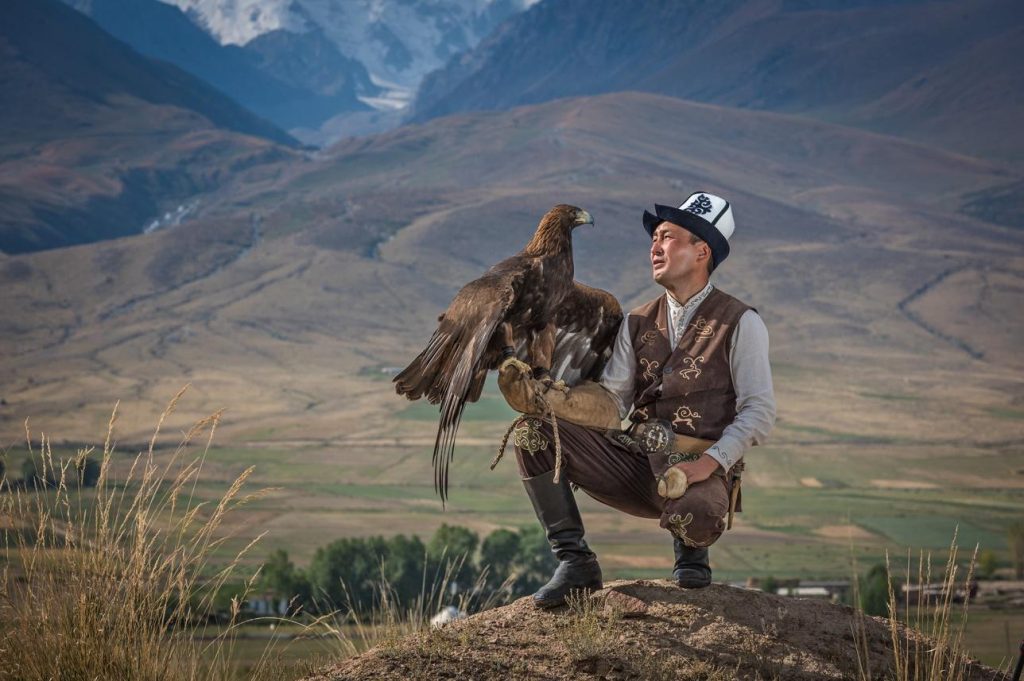
NOMADIC CULTURE
Kyrgyzstan has a rich nomadic heritage and traditions that have been woven into the identity of the Kyrgyz people. During summer months, many families continue to graze their herds in moun− tain meadows, called jailoos, preserving old customs and ways of nomadic life. Everywhere in Kyr− gyzstan, there are signs of the vibrant ancestry that still influences the lives of the Kyrgyz people.
Sports and other types of competitions were hallmarks of Kyrgyz nomadic life. Sports were al− ways considered the key to healthy living that cultivated an inner spiritualism. Every man had to possess athletic prowess to compete in contests of strength, agility, and resilience, central to the definition of Kyrgyz manhood. In nomadic tradition, all competitions took place on horseback where the rider and horse formed an integral whole.
KYRGYZ HOSPITALITY
The nomad clans of Kyrgyzstan were famous for their hospitality, kindness and openness, the same traits that continue to this day. Guests have always been welcome and honored among the Kyrgyz people. Visitors have many opportunities for home stays with Kyrgyz families or accommodation in yurt camps that offer a glimpse into the nomadic life of yesteryear. Yurts themselves symbolize the connection between the Kyrgyz and their land. Decorated with traditional felt carpets called shy− draks and other embroidered handiwork, yurts offer a surprisingly warm and comfortable shelter during cool nights in mountain meadows at high altitudes.

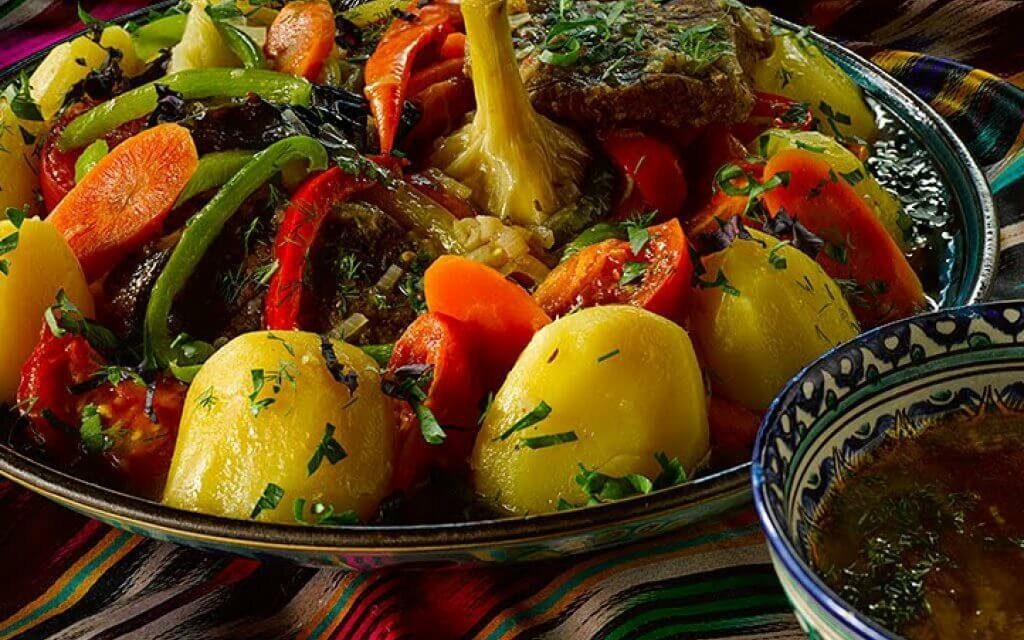
ETHNIC CUISINE
Nomadic life has left an indelible mark on the culinary heritage of the Kyrgyz people. Owner− ship of livestock was the primary indicator of material wealth among Kyrgyz nomads, and, accordingly, meat was and still is the star of Kyrgyz cuisine. Beef, lamb and goat that grazed in mountain jailoos, continue to dominate the table of Kyrgyz families and their frequent guests. Vegetables and grains, for example, require cultivation of the land, and, therefore, were not a staple of the traditional Kyrgyz diet. In all typical meals, there is a wide selection of cold starters, generally sausages and meat delicacies.
VISA-FREE REGIME
Kyrgyzstan has a visa−free regime for citizens of more than 40 countries.
In 2012, Kyrgyzstan extended a 60−day, visa−free regime to develop tourism and encourage in− vestment to citizens of Australia, Austria, Bahrain, Belgium, Bosnia and Herzegovina, Brunei, Canada, Croatia, Czech Republic, Denmark, Estonia, Finland, France, Germany, Great Britain, Greece, Hungary, Iceland, Ireland, Italy, Kuwait, Latvia, Liechtenstein, Lithuania, Luxembourg, Malta, Monaco, Netherlands, New Zealand, Norway, Poland, Portugal, Qatar, Saudi Arabia, Singa− pore, Slovakia, Slovenia, South Korea, Spain, Switzerland, Sweden, United Arab Emirates, United States of America, and the Vatican.

